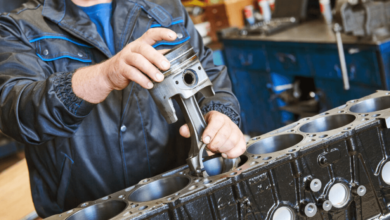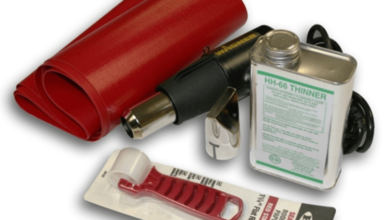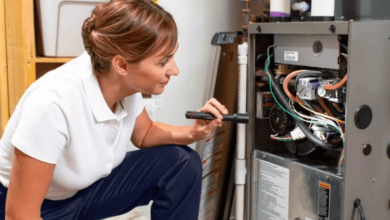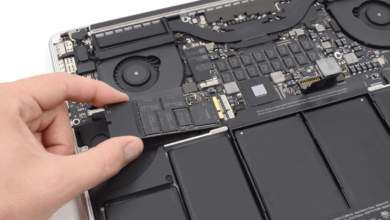Why Cleaning Cabinets Before Painting is Essential for a Professional Finish
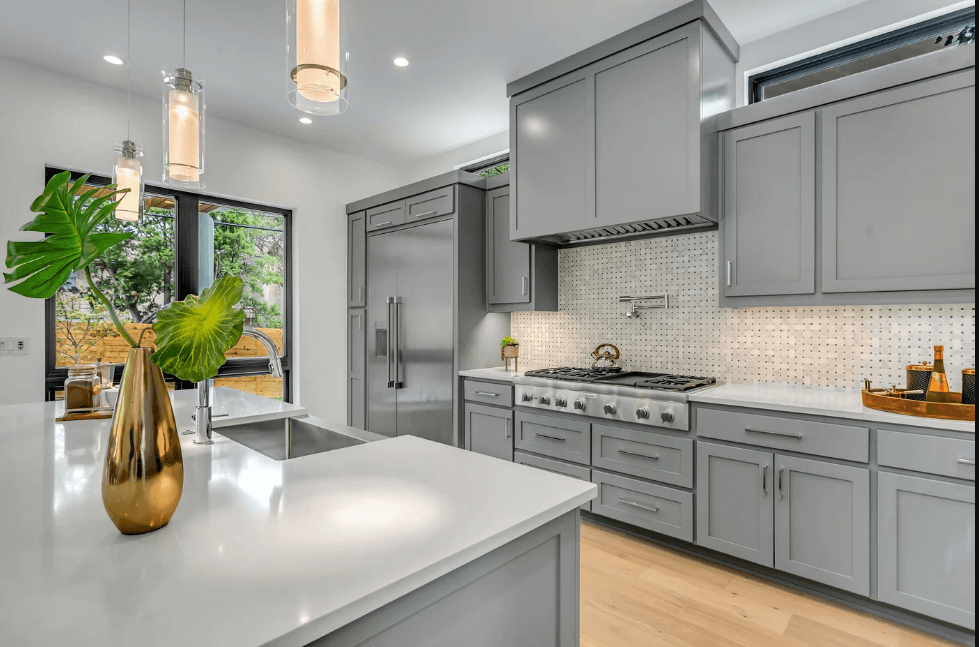
Before you take out the paintbrushes and start applying coats, there’s one important step that you shouldn’t skip: cleaning. Yes, it may seem like an extra step that will just delay your project, but trust us when we say that cleaning your cabinets before painting is crucial if you want to achieve a professional-looking finish. In this blog post, we’ll delve into why cleaning cabinets before painting is so essential and how to do it properly. So put on those gloves and let’s get started!
Why you should cleaning cabinets before painting them
Cleaning cabinets before painting them is not just about making sure they look clean and shiny. It’s also about ensuring that the paint adheres properly to the surface, which will ultimately affect how long-lasting and durable your painted cabinets are.
When you’re painting over dirty or greasy surfaces, the paint won’t stick as well, leading to a patchy and uneven finish. You may even find that the paint starts peeling off after just a few months of use.
Moreover, cleaning your cabinets can reveal damage or imperfections in the wood or laminate that would have been otherwise hidden by dirt and grime. This gives you an opportunity to repair any issues before applying paint.
Another benefit of cleaning your cabinets before painting is improved hygiene. Cooking grease and dust can accumulate on cabinet surfaces over time, creating an unhygienic environment around food preparation areas. Cleaning thoroughly removes bacteria growth and helps create a more sanitary kitchen space.
What kind of cleaner to use
Before painting your cabinets, it’s important to choose the right cleaner for the job. Using a proper cleaner will ensure that you remove all dirt and grime from your cabinets, leaving them ready to be painted.
When selecting a cleaner, make sure to consider what type of material your cabinets are made of. For example, if your cabinets are wood or laminate, you may want to use a gentle cleaning solution that won’t damage the surface.
There are several types of cleaners available on the market today. Some popular options include vinegar and water solutions, multi-purpose cleaners like TSP (trisodium phosphate), and specialty cabinet cleaners designed specifically for this purpose.
No matter which cleaner you choose, always read the instructions carefully before applying it to your cabinets. Make sure that you wear gloves and protective eyewear when handling any chemicals.
In addition to choosing the right type of cleaner, it’s also important to test any new product on an inconspicuous area first. This will help you avoid damaging or discoloring your entire cabinet surface.
Taking care in selecting a cleaning product can make all the difference in achieving a professional finish when painting your kitchen cabinets.
How to properly cleaning cabinets before painting
To achieve a professional finish when painting your cabinets, it’s crucial to properly clean them beforehand. Here are some steps to follow for effective cabinet cleaning.
Remove all items from the cabinets and drawers. This will make it easier to reach all areas of the cabinet and ensure that no dirt or grime is left behind.
Next, use a gentle cleaner that won’t damage the surface of your cabinets. A mixture of warm water and mild dish soap is often sufficient for removing grease and other buildup.
Use a soft cloth or sponge to gently scrub the surfaces of your cabinets, including both inside and outside surfaces as well as any hardware such as knobs or handles.
Be sure to rinse thoroughly with clean water after cleaning to remove any remaining soap residue. Allow your cabinets ample time to dry completely before beginning the painting process.
Following these simple steps can help you achieve a smooth and flawless paint job on your cabinets while also ensuring they remain in good condition for years to come.
How to avoid common painting mistakes
Painting cabinets can be a fun and rewarding DIY project, but it’s important to avoid common painting mistakes that can ruin your hard work. Here are some tips on how to prevent these mishaps:
1. Skipping the sanding process: Sanding is crucial for creating a smooth surface for the paint to adhere to. Don’t skip this step or you may end up with a bumpy and uneven finish.
2. Not using primer: Primer helps the paint stick better and provides an even base coat. Make sure to use primer before applying your chosen color.
3. Using cheap brushes or rollers: Investing in high-quality brushes and rollers will result in a smoother application of paint, reducing brush marks or roller streaks.
4. Rushing the drying process: Allow ample time for each layer of paint to dry completely before adding another one on top, otherwise, you risk ruining your hard work by smudging wet layers together.
5. Neglecting proper ventilation: Proper ventilation during painting is essential as many paints release harmful fumes which could cause health problems if not properly ventilated during the painting process.
By avoiding these common painting mistakes, you’ll achieve professional-looking results that will last longer! Read more…
Conclusion
Cleaning cabinets before painting is an essential step that should not be skipped. Not only does it ensure a professional finish, but it also helps the paint adhere better and last longer. By using the right cleaner and following the proper steps to clean your cabinets, you can avoid common painting mistakes and achieve flawless results.
Remember, taking the time to properly clean your cabinets before painting will save you from having to redo the job later on. So don’t cut corners and give yourself a head start by starting with clean surfaces.
With these tips in mind, you’ll be well on your way to achieving beautiful painted cabinets that will make any room in your home look stunning!


